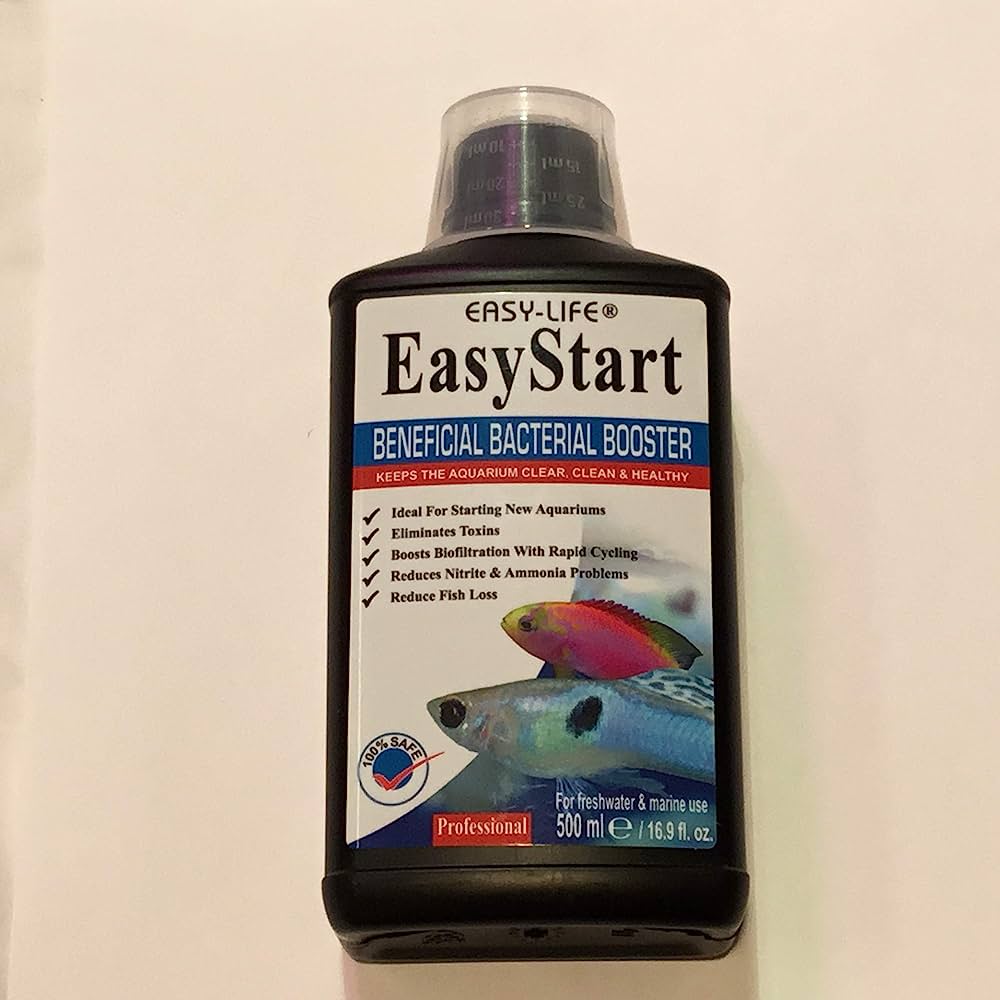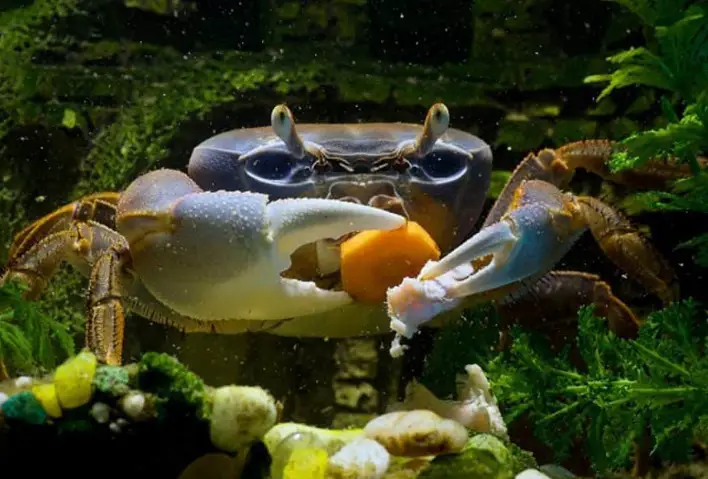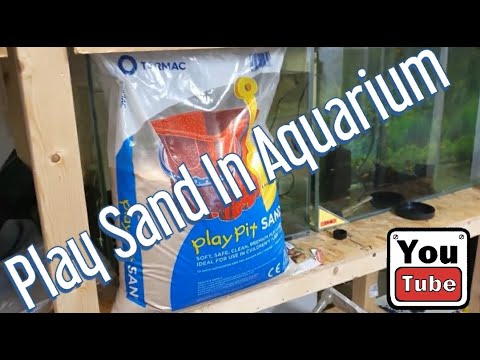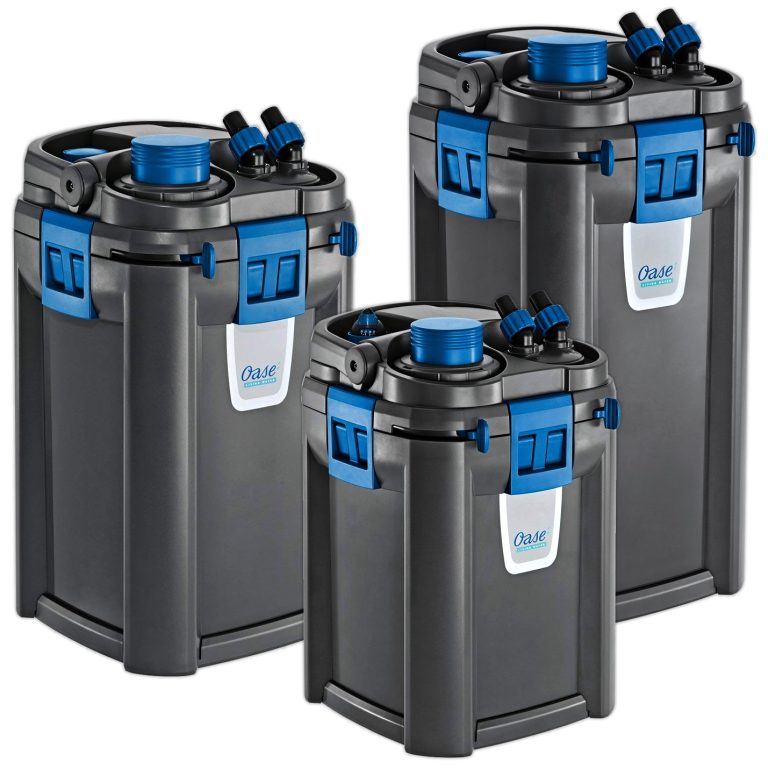How to Add Nitrates to Aquarium: Boosting Your Fish’s Health.
To add nitrates to an aquarium, use nitrate solutions or fertilizers. Make sure to follow the instructions carefully to avoid over-dosing and harming the fish.
Aquariums require certain levels of nitrates to maintain a healthy environment for aquatic life. Nitrates can be added through nitrate solutions or fertilizers, which are readily available at pet stores or online. However, it is critical to follow the instructions provided with these products.
Over-dosing the aquarium can be deadly for fish and other aquatic inhabitants. It’s essential to test the water regularly and monitor nitrate levels to ensure consistency. In this article, we’ll provide detailed instructions on adding nitrates to your aquarium and suggest reputable products.

Credit: www.algone.com
Understanding The Role Of Nitrates In An Aquarium
What Are Nitrates And Why Are They Important For An Aquarium?
Nitrates are naturally occurring chemical compounds composed of nitrogen and oxygen that play a crucial role in an aquarium’s ecosystem. In an aquarium, nitrates are produced as waste from fish, uneaten food, and decaying plants and are broken down into useful compounds by beneficial bacteria.
Properly regulating nitrate levels is essential to maintain a healthy aquatic environment for your fish and plants. Here are a few reasons why nitrates are important in your aquarium:
- They promote healthy plant growth by acting as a vital source of nitrogen for plant photosynthesis.
- They help prevent the growth of harmful bacteria in the aquarium by keeping ammonia levels in check.
- They contribute to a healthy and thriving fish population by ensuring the aquatic environment remains balanced and not stressful.
The Role Of Nitrates In The Nitrogen Cycle
The nitrogen cycle is a vital process that ensures the continuous production of nitrates and other useful compounds in an aquarium. During the process, beneficial bacteria convert harmful waste materials produced in the aquatic environment into safe and useful compounds.
Nitrates play a crucial role in the nitrogen cycle by allowing the formation of nitrite, which later gets converted into a safe compound known as nitrate, thereby breaking down the toxic ammonia. This process ensures that your aquarium remains sustainable and healthy.
The Ideal Level Of Nitrates In An Aquarium
Maintaining an appropriate level of nitrates in your aquarium can be challenging. A nitrate level of less than 20 parts per million (ppm) is ideal for a healthy aquarium. Here are some tips to help you regulate the nitrate levels in your aquarium:
- Test your water regularly to monitor nitrate levels in your aquarium.
- Perform regular water changes to remove any accumulated nitrates.
- Install an efficient filtration system to remove waste before it breaks down into nitrates.
- Use live plants in your aquarium as they can absorb nitrates as a source of nutrients.
Maintaining a stable nitrate level in your aquarium should be a top priority, as elevated levels can lead to various health issues for your aquatic pets. Regular maintenance, proper feeding, and monitoring of your aquarium can help you keep the nitrate level in check, providing you with a healthy and sustainable aquatic environment.
Different Ways To Add Nitrates To An Aquarium
Adding nitrates to an aquarium is an essential process for maintaining a healthy environment for aquatic life. Nitrates are crucial for the growth of underwater plants, healthy fish, and invertebrates in an aquarium. However, monitoring the nitrate levels can be challenging, which is why there are different ways to add nitrates to an aquarium.
Introducing Nitrogen-Rich Fish Feed
Nitrogen-rich fish feed is the most common way of adding nitrates to an aquarium. Fish food is an excellent source of nutrients that promotes fish growth while also adding nitrogen to the water. In this regard, you can:
- Choose high protein fish feed that is rich in nitrogen to add more nitrates to your aquarium.
- Use fish feed that is not overly consumed to avoid overfeeding, which can cause the nitrate levels to skyrocket.
Using A Nitrogen Additive
Another method of adding nitrates to an aquarium is by using nitrogen additives. Nitrogen additives are compounds designed to supplement nitrogen levels in the aquarium. They are usually in the form of liquid chemicals that are added to the water to improve its quality.
The following are key points to consider when adding nitrogen additives to an aquarium:
- Ensure that you read the instructions on the label before adding any nitrogen additives to your aquarium.
- Follow the recommended dosage instructions when adding nitrogen additives to prevent over-fertilization of the water.
Natural Methods For Increasing Nitrate Levels
There are natural ways to increase the nitrate levels in your aquarium that require a little effort. These methods help maintain a balance in the aquarium while being eco-friendly. The following methods can help add nitrates to an aquarium through natural means:
- Adding aquatic plants in the aquarium can not only help in oxygen production but also increase the aquarium’s nitrate levels.
- Introduce snails and other bottom feeders into the aquarium to help convert excess food and other waste materials into nutrient-rich material to support nitrate growth.
- Regularly cleaning the aquarium to remove waste materials such as leftover food, dead plants, or dead fish can also help increase nitrate levels.
Adding nitrates to an aquarium is crucial for maintaining a healthy and balanced aquatic environment. By incorporating these methods in your aquarium routine, you can support your aquatic life’s growth and health while creating an aesthetically pleasing aquarium.
Preparing Your Aquarium For Nitrate Addition
Examining The Water Quality And Existing Nitrate Level:
Before adding nitrates to your aquarium, it is vital to examine the quality of water and the existing nitrate level in the tank. Here are a few things you should consider:
- Test the water using a nitrate test kit to determine the current nitrate level. This will help you know how much nitrate you need to add.
- Check the ph level of the water. It should be between 6.5 and 8.0 in most cases. Adjust the ph level if it’s not in the recommended range.
- Look for any signs of algae growth, ammonia spikes, and cloudy water. Make sure these issues are addressed before adding nitrates.
Adjusting The Water Ph:
The ph level of the water can affect how well your plants and fish thrive. If the ph level is too acidic or alkaline, it can lead to stress or death of living organisms in the tank. Here are a few tips for adjusting the water ph level:
- Add baking soda to increase alkalinity or vinegar to decrease it.
- Use ph-adjusting substances that are specifically made for aquariums, such as sodium bicarbonate or aquarium alkalinity adjusters.
- Gradually adjust the ph level over a few days to prevent sudden ph swings, which can be harmful to plants and fish.
Ensuring Adequate Filtration:
Before adding nitrates to your aquarium, ensure that you have adequate filtration to keep the water clean and healthy. A good filtration system can:
- Remove excess ammonia and nitrite from the water.
- Reduce debris and other pollutants that can harm fish and plants.
- Help maintain a healthy ecosystem in the aquarium.
Gradually Increasing The Nitrate Levels:
Adding too much nitrate to the aquarium at once can be detrimental to the well-being of your fish and plants. Therefore, it is crucial to increase the nitrate levels gradually. Here are a few tips on how to do it:
- Start with a low concentration of nitrate and increase it gradually over a few days based on the water test results.
- Monitor the nitrate levels daily and adjust the doses of nitrate solution accordingly.
- Be patient and don’t rush the process. Adding too much nitrate too quickly can shock the plants and fish in the tank.
Adding nitrates to your aquarium can be beneficial for the growth of plants and fish. However, it is crucial to prepare the tank adequately and follow the instructions carefully. By examining the water quality, adjusting the ph level, ensuring adequate filtration, and gradually increasing the nitrate levels, you can keep your aquarium healthy and thriving.
Adding Nitrates To Your Aquarium
If you’re an aquarium enthusiast, you probably know how important it is to maintain proper nitrate levels in your tank. Nitrates, which are essential for the growth of plants and algae, can be added to your aquarium in various ways.
In this blog post, we’ll take a closer look at how to add nitrates to your aquarium, including dosage recommendations, adding nitrogen-rich food, and maintaining nitrate levels.
Dosage Recommendations For Different Nitrate Additives
Different nitrate additives have varying dosage recommendations depending on the product and the size of your tank. It’s important to follow the manufacturer’s instructions carefully to ensure that you don’t accidentally overdose your tank, which can be dangerous for your fish.
Here are some general guidelines to keep in mind:
- Liquid nitrate fertilizers: Usually, 1 ml per 10 gallons of water is a good starting point. You can adjust the dosage depending on the plant growth and nitrate levels in your aquarium.
- Powdered nitrate fertilizers: Dosage amounts can vary depending on the brand. It’s best to start with a smaller amount, like 1/8 teaspoon per 10 gallons, and gradually increase until you reach the desired nitrate level.
- Potassium nitrate: A common nitrate source for planted aquariums, potassium nitrate should be dosed at about 1/4 teaspoon per 10 gallons once or twice a week.
Adding Nitrogen-Rich Food
One of the simplest ways to add nitrates to your aquarium is by feeding your fish nitrogen-rich food. Fish waste is a natural source of ammonia, which can be converted into nitrates by beneficial bacteria in your aquarium’s filter.
Some foods that are high in protein and nitrogen include:
- Live or frozen brine shrimp
- Live or frozen bloodworms
- Pellets or flakes with a high protein content
Just be careful not to overfeed your fish, as excess food can lead to an increase in ammonia and other harmful waste products.
Maintaining Nitrate Levels
Once you’ve added nitrates to your aquarium, you’ll need to monitor and maintain the nitrate levels to ensure that they stay within a safe range for your fish. Some tips for maintaining nitrate levels include:
- Regular water changes: Changing out a portion of your aquarium’s water regularly helps to dilute excess nitrate levels.
- Testing your water: Use a nitrate test kit to regularly monitor your aquarium’s nitrate levels. Levels should be kept around 20 ppm, but never above 40 ppm.
- Keeping up with your tank’s maintenance: Make sure to clean your filter regularly and remove any excess waste or debris from your aquarium.
Overall, adding nitrates to your aquarium isn’t difficult as long as you follow the proper dosage recommendations and monitor your nitrate levels carefully. With a little bit of effort, you can help ensure that your aquarium maintains a healthy and balanced ecosystem for your fish and plants to thrive in.
Benefits Of Adequate Nitrates For Your Fish
Fish enthusiasts know that maintaining a healthy aquarium is critical for the well-being of their aquatic pets. An aquarium with the right amount of nitrates guarantees that your fish stay healthy and happy. But what exactly are the benefits of adequate nitrates?
In this section, we explore some of the advantages.
Improved Growth And Coloration
Nitrates play a crucial role in the health and development of fish. Having an adequate nitrate level in the water facilitates the absorption of essential nutrients, which results in improved fish growth and healthy development. Also, nitrates have been known to promote vibrancy and brilliance in the fish’s colors.
The result is more colorful and vibrant fish swimming in your aquarium.
- Nitrates promote better fish growth and development
- Adequate nitrates promote vibrant and colorful fish
Lowered Stress Levels
Just like human beings, fish can also get stressed out. Stress factors, such as changes in environment, overstocking, and poor quality water, can lead to increased cortisol levels, which results in sickness and poor fish health. However, adequate nitrates are known to relieve stress levels in fish.
Therefore, if you want your fish to be healthy and happy, make sure that nitrate levels are always within the recommended range.
- High-stress levels can harm fish health
- Adequate nitrates help to lower stress levels in fish
Increased Resistance Against Disease
Fish, like any other living creature, are prone to disease attacks. The good news is that some studies suggest that there is a relationship between fish health and nitrate levels. It is observed that nitrate levels within a certain range contribute to a more robust immune system in fish, which makes fish less susceptible to diseases.
Maintaining adequate nitrate levels in your aquarium, therefore, is an excellent way to reduce fish deaths caused by diseases.
- Adequate nitrates are linked to a more robust immune system in fish
- A healthy nitrate level can help reduce the risk of fish diseases
Adequate nitrates are critical to the health and happiness of your fish. By providing the right nitrate conditions, you guarantee your fish good growth, healthy colors, less stress, and disease resistance, which ultimately lowers the risk of fish deaths in your aquarium.
Frequently Asked Questions On How To Add Nitrates To Aquarium
What Are Nitrates In Aquarium And Why Add Them?
Nitrates in aquariums act as food for beneficial bacteria. Adding nitrates in aquarium help to maintain a healthy ecological balance.
How Much Nitrates Should Be Added To An Aquarium?
It is recommended to add 5-10ppm nitrates to an aquarium. Always refer to the instructions of the product you’re using.
What Are The Benefits Of Adding Nitrates To An Aquarium?
Adding nitrates to an aquarium helps to promote the growth of beneficial bacteria, which helps to maintain a healthy balance of ammonia and nitrite levels.
Can Adding Too Many Nitrates To An Aquarium Be Harmful?
Yes, adding too many nitrates to an aquarium can be harmful to fish and other aquatic life. Always follow the recommended dosage instructions of the product you’re using.
Conclusion
After reading this comprehensive guide, you can now add nitrates to your aquarium with ease. Remember to test the water regularly and maintain the correct dosage of nitrates. A properly balanced aquarium is crucial for the health and happiness of your aquatic pets.
Using a commercial product or creating your own solution will depend on your personal preference and experience level. Remember to also consider the types of fish and plants in your aquarium, as some may require differing levels of nitrates. With these tips and tricks in mind, you can create a thriving aquatic environment with the perfect balance of nitrates.
Don’t be afraid to experiment and find a routine that works best for you and your aquarium. Happy fishing!






